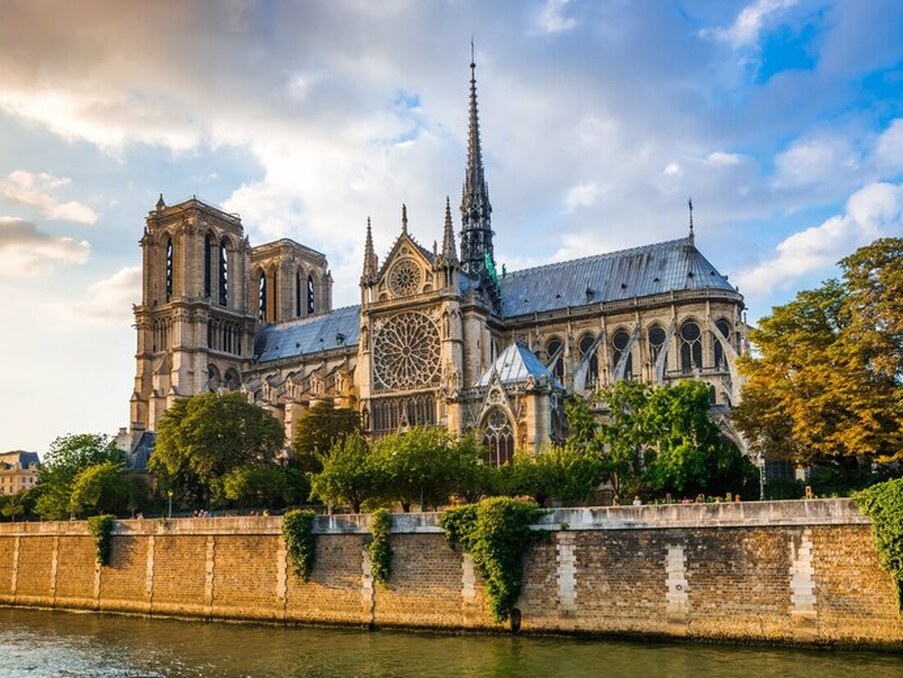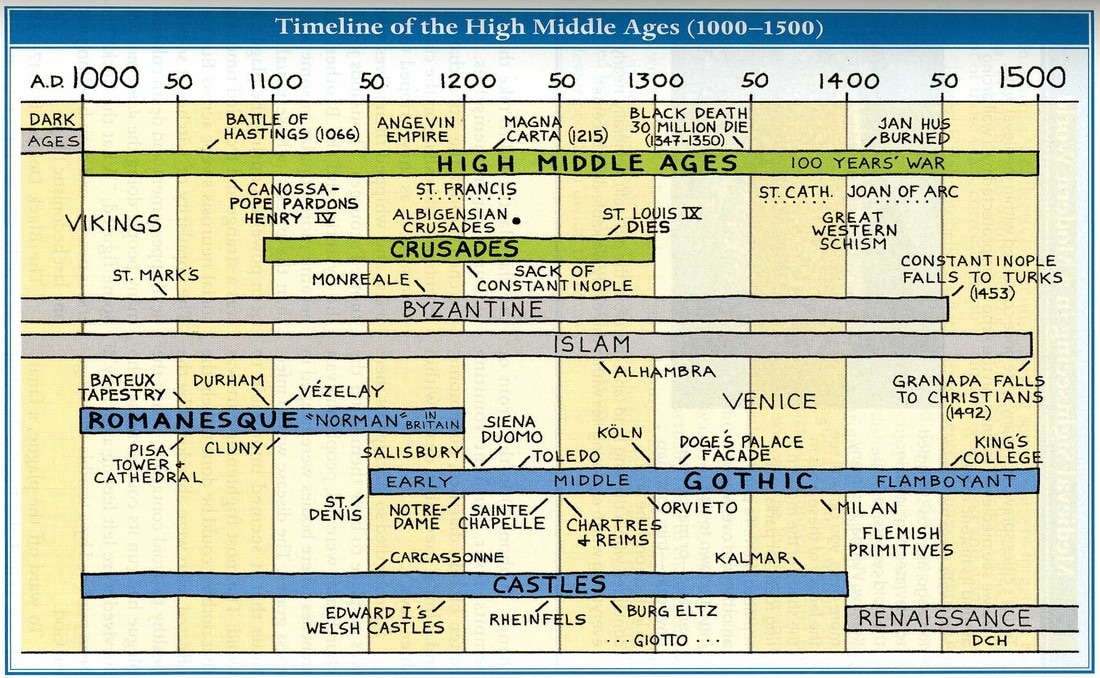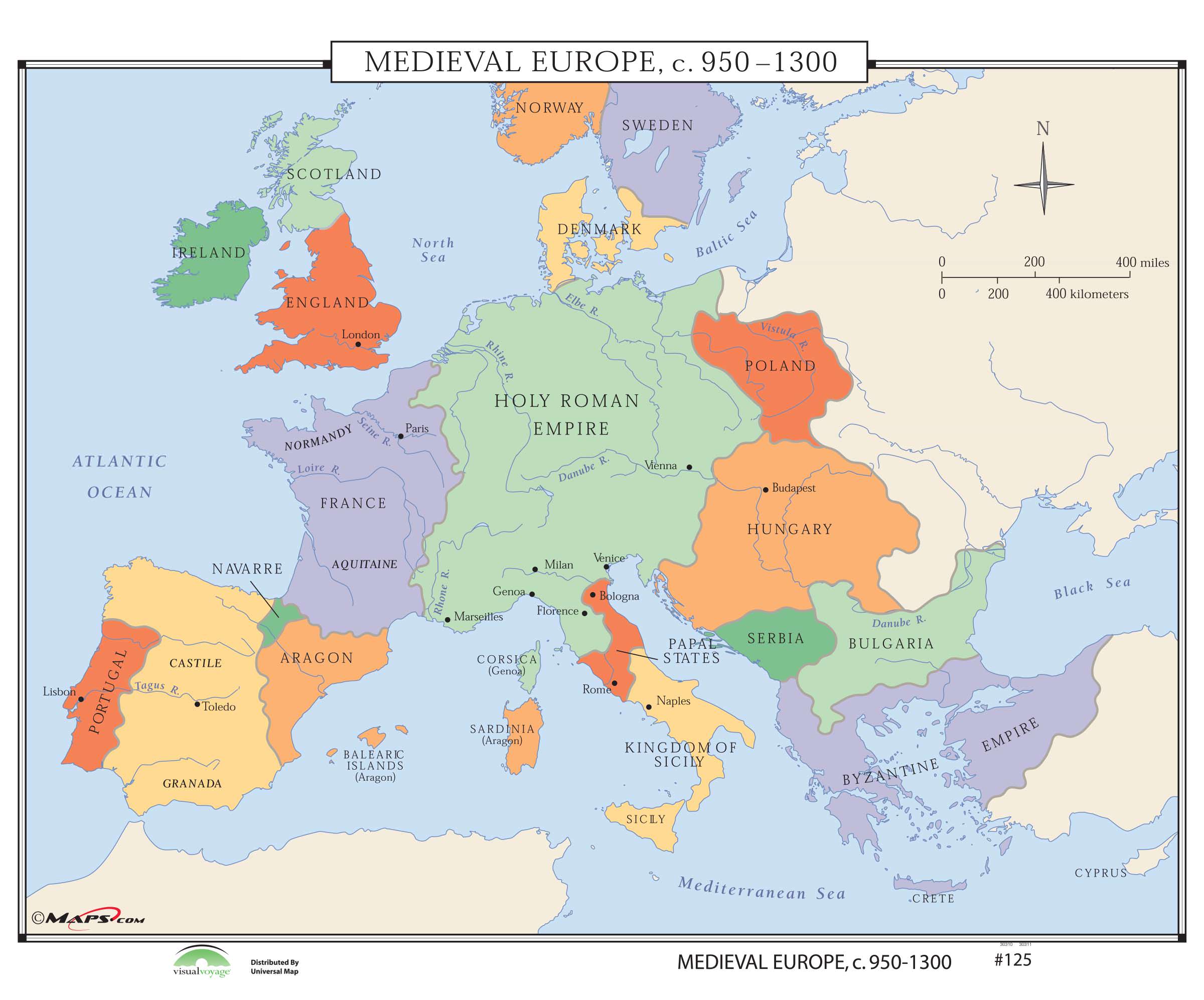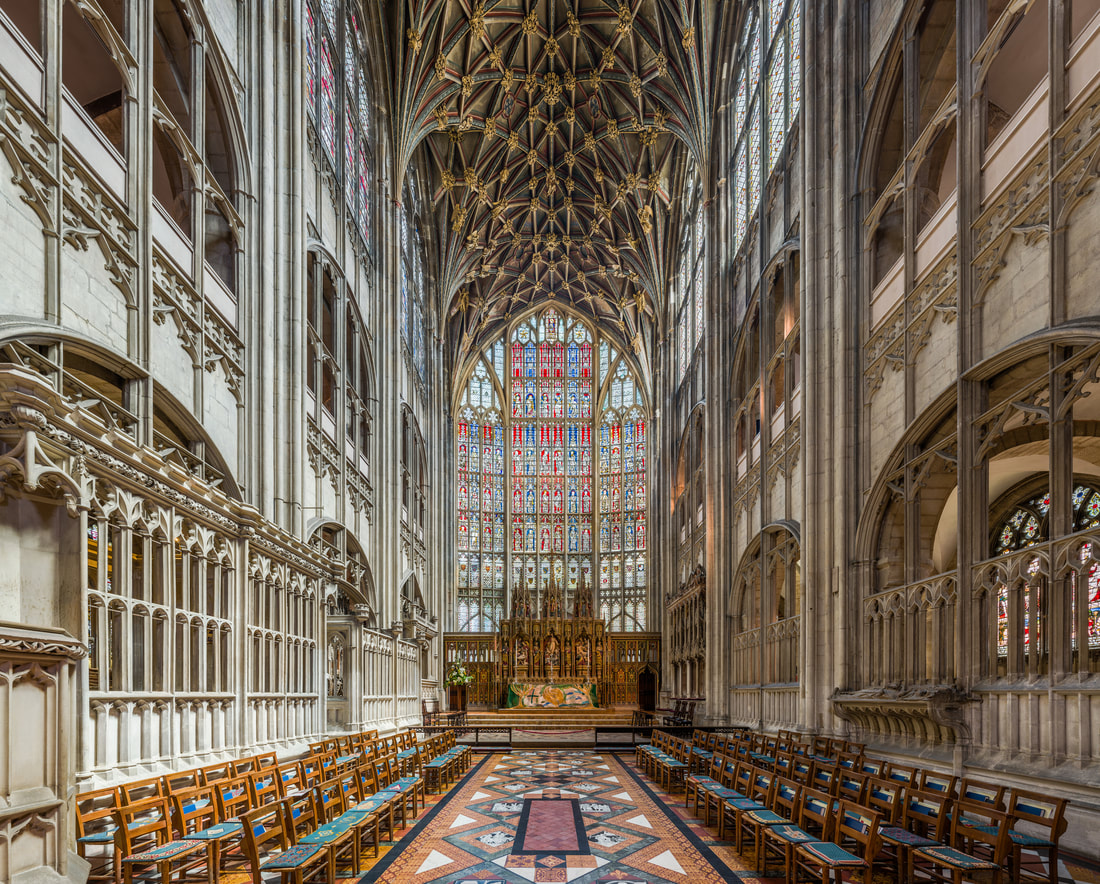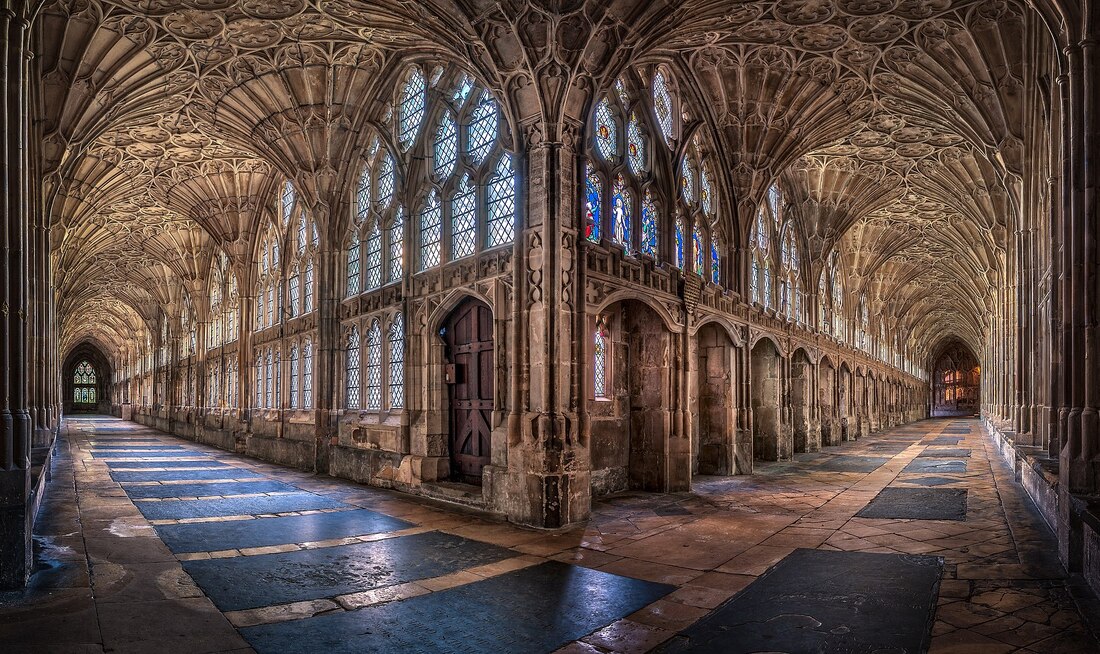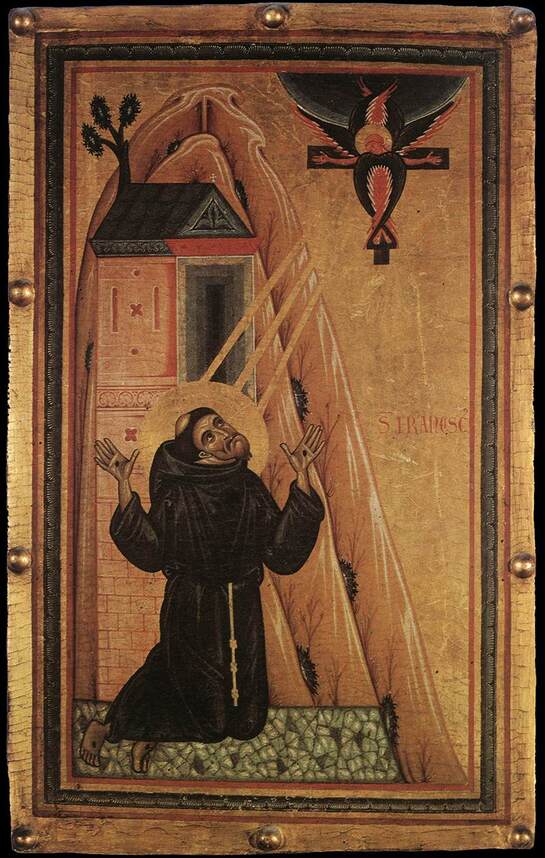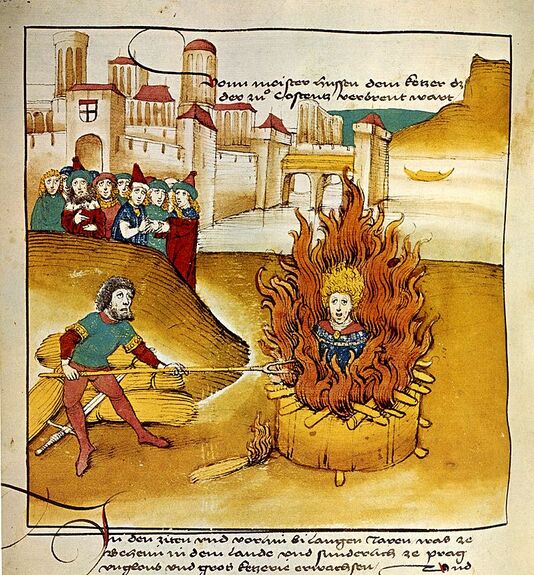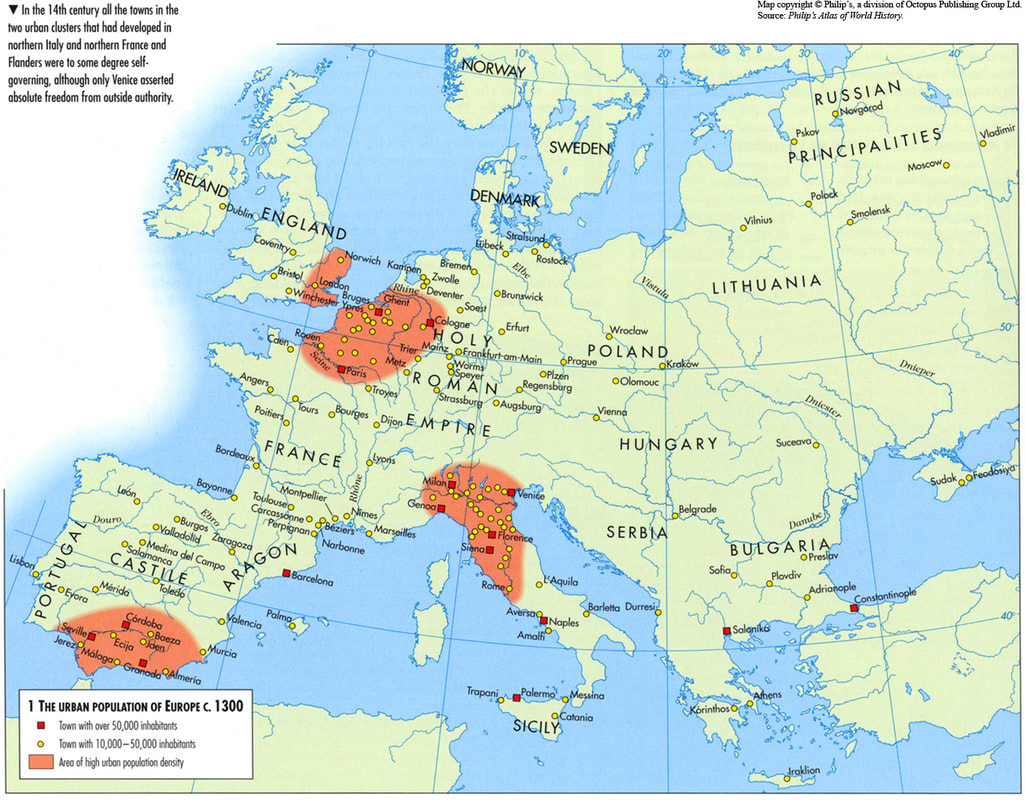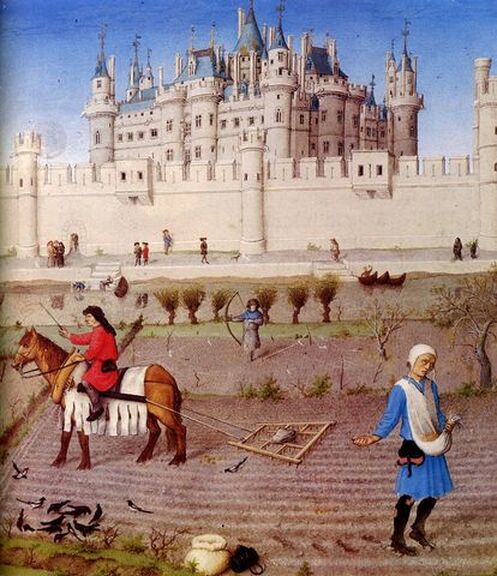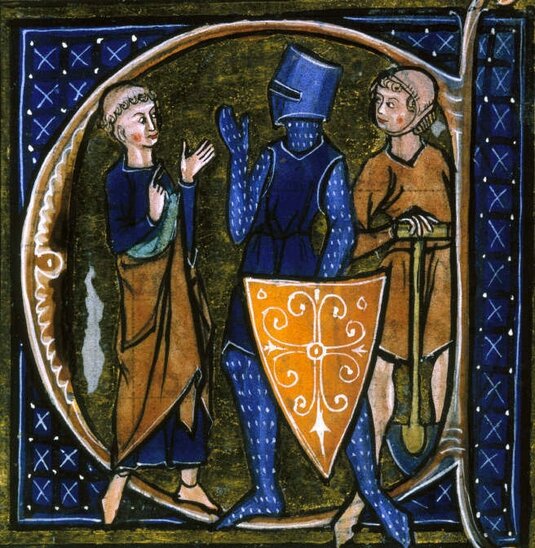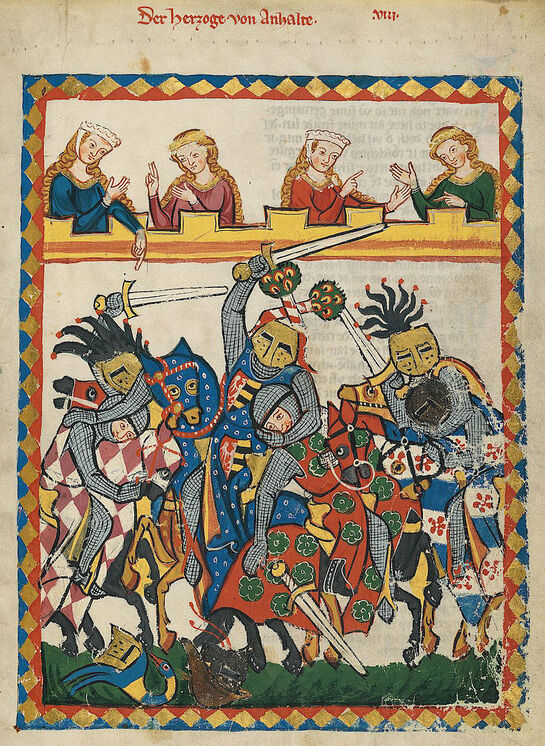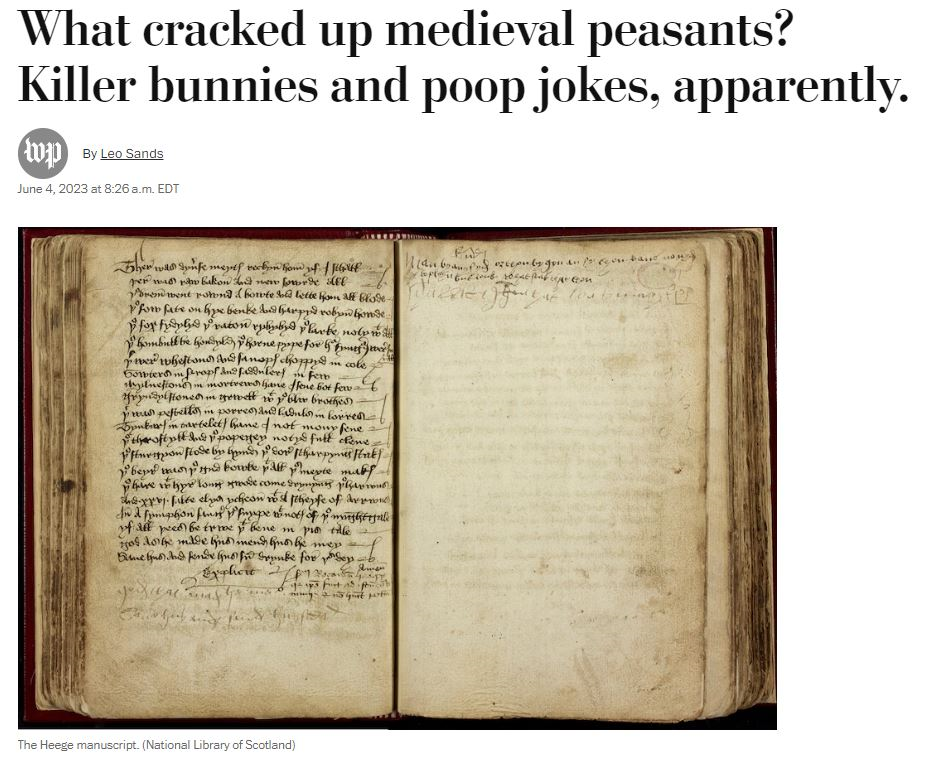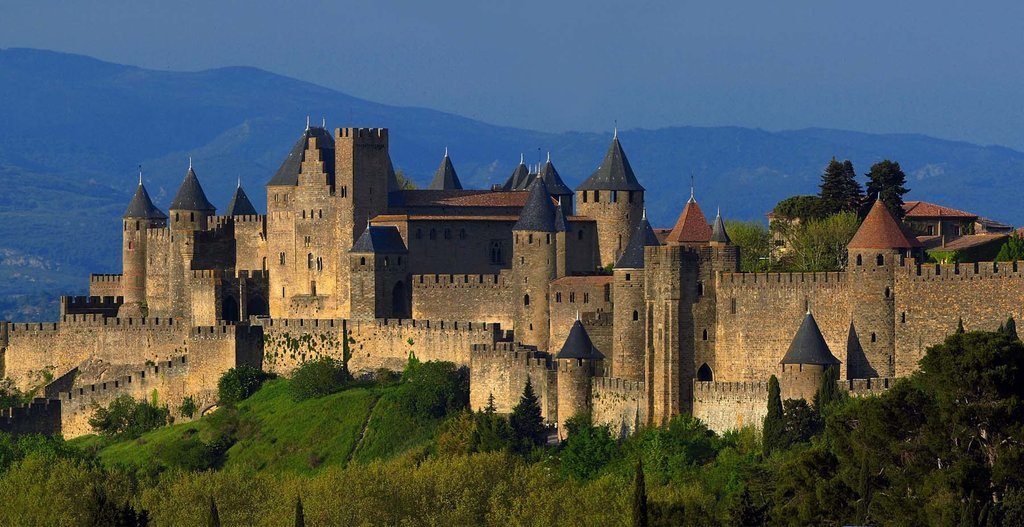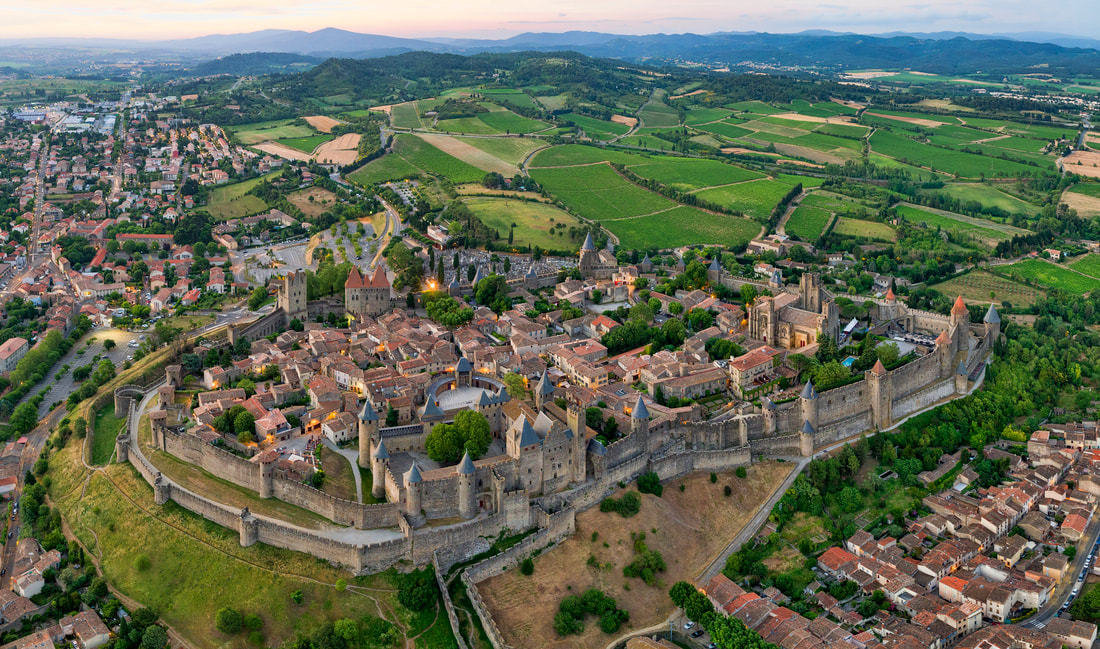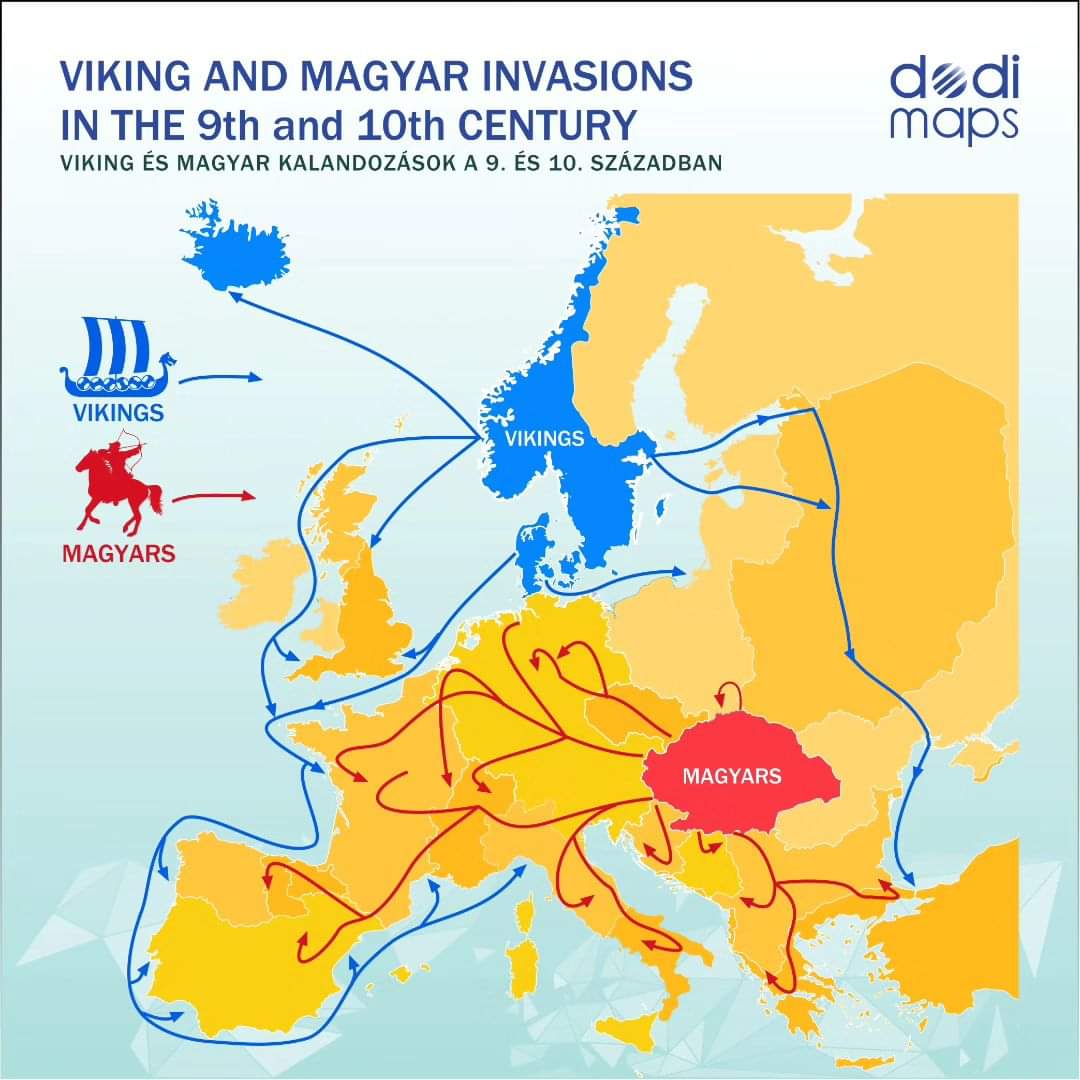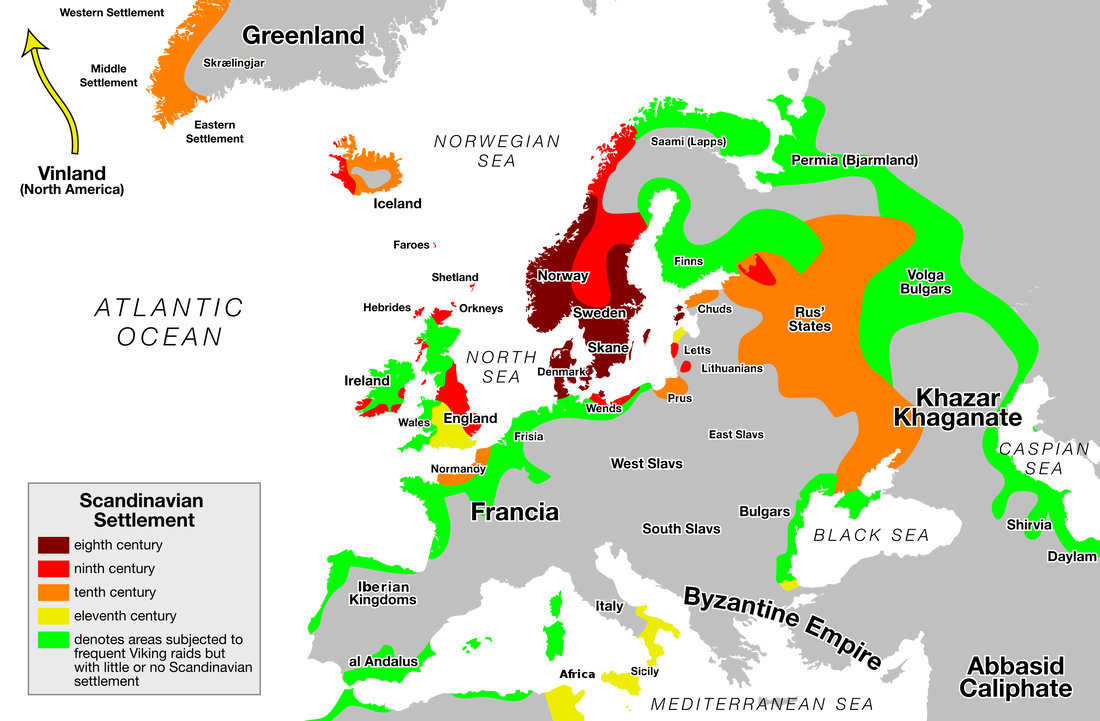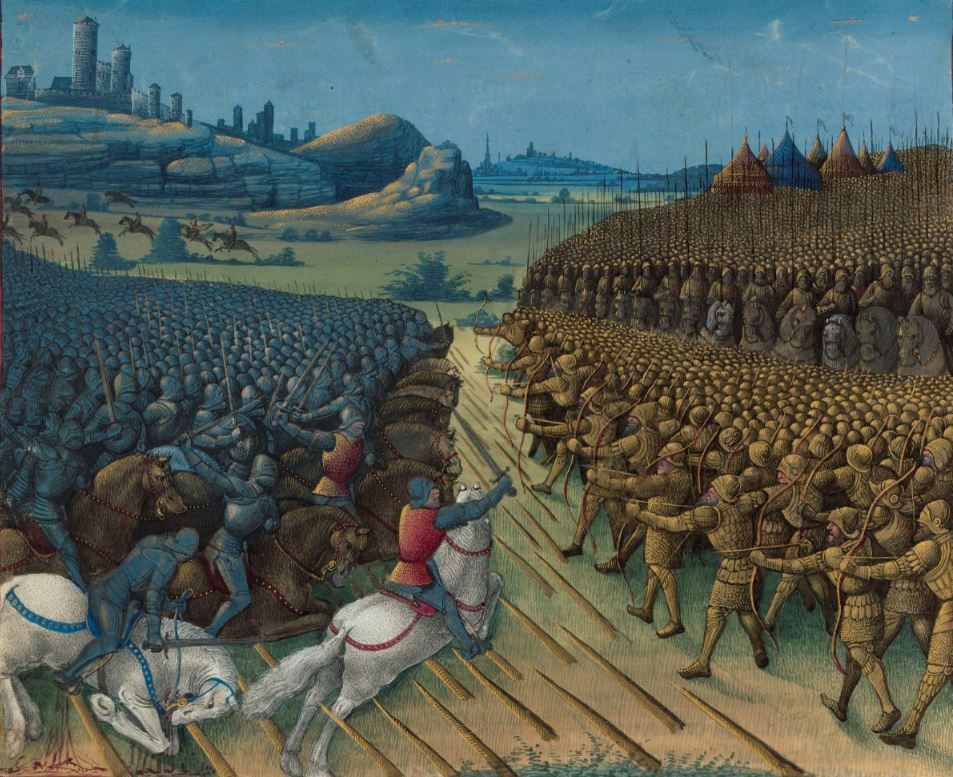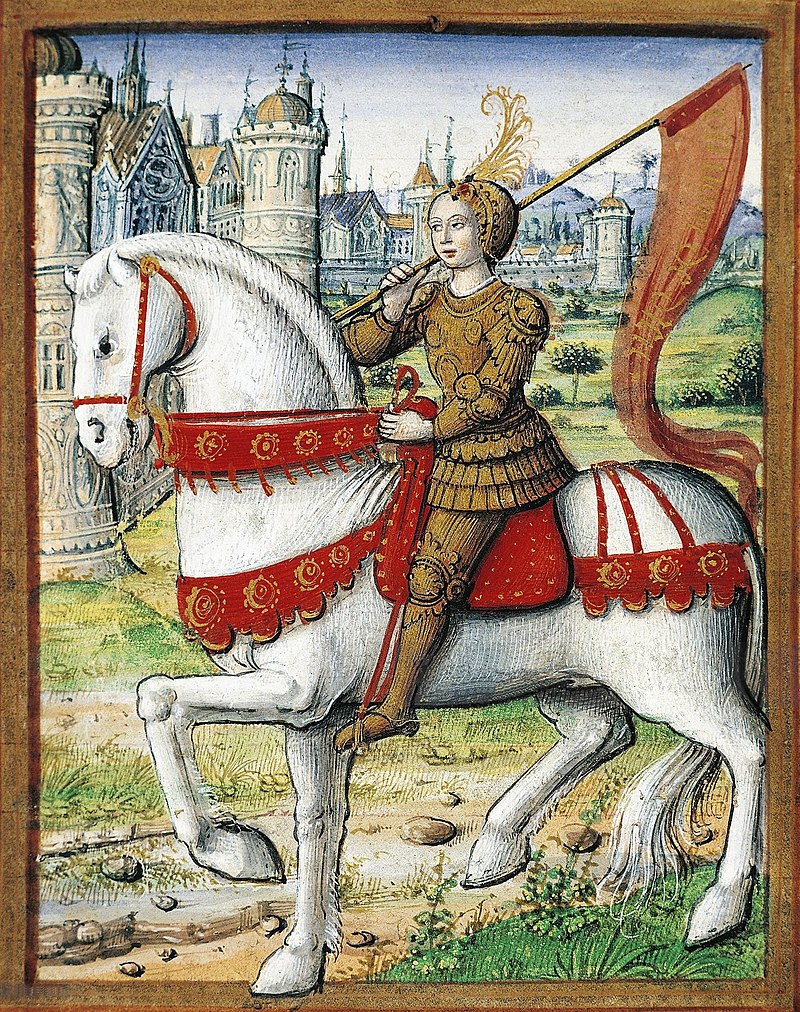The Late Middle Ages,
c. 1200-1450 CE
Contents
Introduction
Medieval Europe: Crash Course European History #1
AP European History really starts with The Renaissance around 1450 AD, but believe it or not, that is not the actual beginning of history in the continent! A survey of conditions in Europe just prior to when our story begins is helpful. Learn about the broad outlines of the so-called Middle Ages, and look at events like the Black Plague, the Hundred Years War, and the Western Schism of the Catholic Church that set the stage for the history of modern Europe.
Note on Key Terms
Learn the terms listed below regarding The Medieval Christian Church, Feudal Society, and Late Medieval Conflicts.
- Know the basic identifiers "Who/what, where, and when?"
- Understand “How did it make a difference?” (causes and course of the event)
- Be able to explain “Why is it significant?” (short- and long-term impacts)
- Study the embedded Quizlets.
- The first Quizlet includes a comprehensive set of major key terms to know.
- The second Quizlet is an abridged set reduced to the most essential key terms to know. These terms are bolded below in each list.
- Each key term is hyperlinked to Wikipedia if you want to learn more.
The Medieval Christian Church
Gloucester Cathedral, England was built between 1089 and 1499 CE. The stained glass windows date from 1350 CE.
cloisters at Gloucester Cathedral, England
|
The Medieval Christian Church (comprehensive)
The Medieval Christian Church (abridged)
|
Feudal Society
|
A 13th century French representation of the tripartite social order of the middle ages – Oratores: "those who pray", Bellatores: "those who fight", and Laboratores: "those who work".
tournament of knights from the Codex Manesse
|
|
|
Feudal Society (comprehensive)
Feudal Society (abridged)
|
Late Medieval Conflicts
The medieval walled city of Carcassone overlooked the surrounding countryside and protected trade routes through the south of France.
|
Late Medieval Conflicts (comprehensive)
Late Medieval Conflicts (abridged)
|
